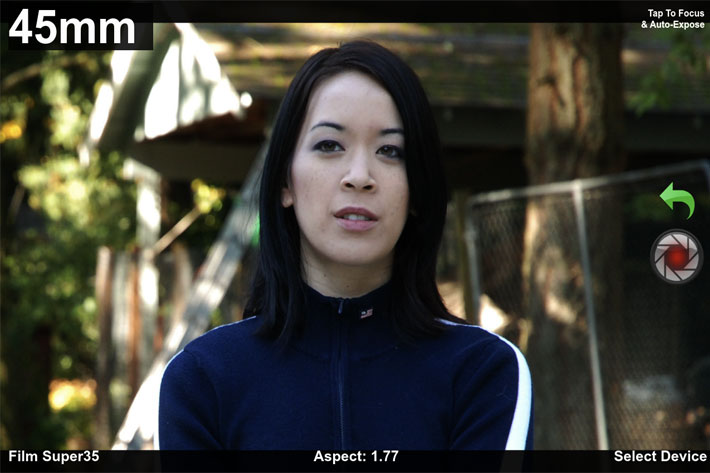

Nothing in the DP's decision making processes should be arbitrary. This is the realm of visual language and of the cinematographer.Įverything in the breakdown begins with intention. What images or parts of images create what meanings? By undertaking this process, you will create a visual script, a series of images, camera choices, and lighting choices that create meanings, thoughts, and feelings in the hearts and minds of the audience. If you look at all the categories I list above, it is useful to break them into sign and meaning, signifier and signified. Poetry, like cinematographic images, can have many and varied meanings. Visual language is less specific than spoken language but can be more emotive the way poetry is emotive in part because it isn't specific. The signified is that the antagonist is powerful and dangerous.

So, for example, you place a camera at a low angle, looking up at an antagonist. The terms semiology uses are signifier (the visual "word") and the signified (again, the meaning or the idea). The sign (that which the audience sees) and the meaning (the idea the sign conveys). I borrow terms from the academic study of language, semiology. I prefer to see each of these categories as a specific type of film language that works the way all languages do. What do all these categories mean? If you see them principally as technical subjects, then you are missing an opportunity. When I begin the creative breakdown, I first make a diagram with each scene from the script and two main column groups "camera" and "lighting." "Camera" has several subheadings "camera movement," "camera mounts," "camera lenses and multiple cameras," "filters" and "composition." Under "lighting," I have "the quality of the light,” "lighting color," "lighting texture and movement," and "highlights and shadows."


 0 kommentar(er)
0 kommentar(er)
